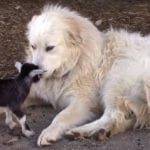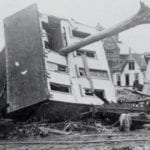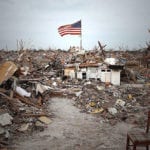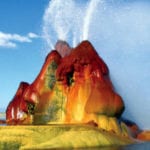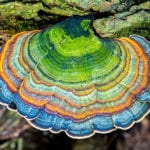 Creepy
Creepy  Creepy
Creepy  Technology
Technology 10 Scientific Breakthroughs of 2025 That’ll Change Everything
 Our World
Our World 10 Ways Icelandic Culture Makes Other Countries Look Boring
 Misconceptions
Misconceptions 10 Common Misconceptions About the Victorian Era
 Mysteries
Mysteries 10 Strange Unexplained Mysteries of 2025
 Miscellaneous
Miscellaneous 10 of History’s Most Bell-Ringing Finishing Moves
 History
History 10 Great Escapes That Ended Right Back in Captivity
 Weird Stuff
Weird Stuff 10 Fascinating Things You Might Not Know About Spiders
 Food
Food 10 Everyday Foods You Didn’t Know Were Invented by the U.S. Military
 History
History 10 Odd Things Colonial Americans Kept at Home
 Creepy
Creepy 10 More Representations of Death from Myth, Legend, and Folktale
 Technology
Technology 10 Scientific Breakthroughs of 2025 That’ll Change Everything
 Our World
Our World 10 Ways Icelandic Culture Makes Other Countries Look Boring
Who's Behind Listverse?

Jamie Frater
Head Editor
Jamie founded Listverse due to an insatiable desire to share fascinating, obscure, and bizarre facts. He has been a guest speaker on numerous national radio and television stations and is a five time published author.
More About Us Misconceptions
Misconceptions 10 Common Misconceptions About the Victorian Era
 Mysteries
Mysteries 10 Strange Unexplained Mysteries of 2025
 Miscellaneous
Miscellaneous 10 of History’s Most Bell-Ringing Finishing Moves
 History
History 10 Great Escapes That Ended Right Back in Captivity
 Weird Stuff
Weird Stuff 10 Fascinating Things You Might Not Know About Spiders
 Food
Food 10 Everyday Foods You Didn’t Know Were Invented by the U.S. Military
 History
History 10 Odd Things Colonial Americans Kept at Home
10 Myths Humans Have Used To Explain Natural Disasters
Humankind hasn’t always understood the basic design of nature and the world around him. We know now that lightning is caused by static electricity generated through friction from the innumerable water and ice particles in a thundercloud. But that understanding took hundreds, even thousands of years to be fully realized. Before we had this answer, we still had the question, “What makes lightning?” Before the introduction of scientific reasoning the answers to that question and those like it were only found in mythology and legends. Here are ten examples from all around the world of mythologies devised to explain destructive natural forces.
SEE ALSO: 10 Historical Events With Hilarious Forgotten Details
10 Tsunami From A Sea Spirit
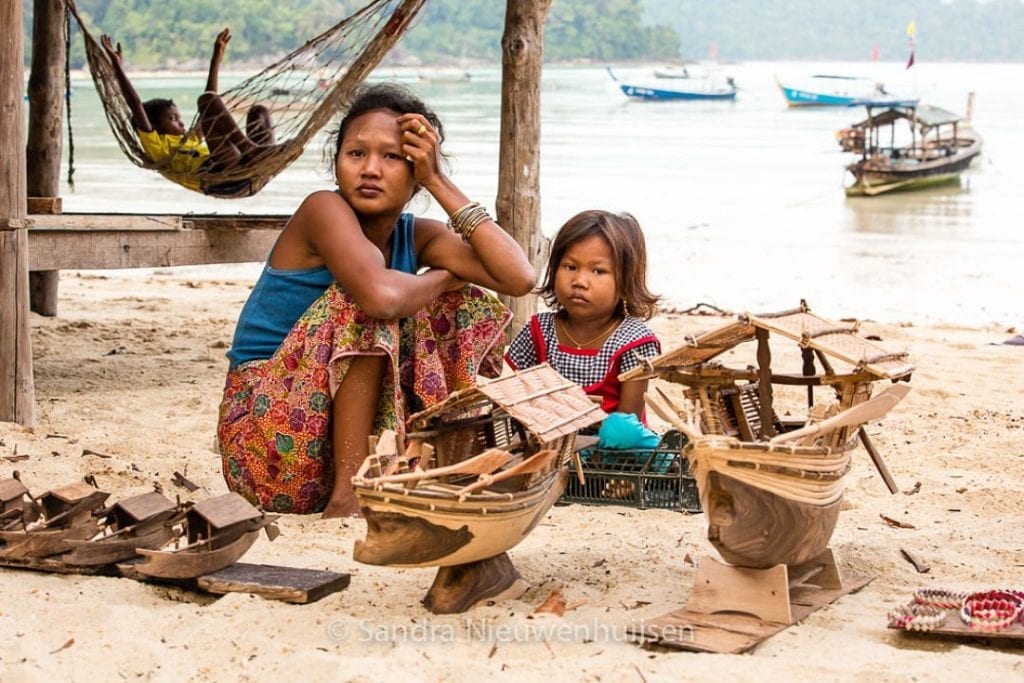
The Moken, a people living on a few scattered islands near the coasts of Myanmar and Thailand, have a legend hundreds of years old. In the legend the sea spirit Katoy Oken sends forth “monster waves” (Tsunamis to us, Laboons in their language) to purify the people spiritually and physically. The people felt the earth shake, knocking coconuts from the trees. They knew this was the ‘wave that eats people’, awoken and sent by Katoy Oken. They collected the fallen coconuts and went out to sea, hopeful that the man eating wave would go to the island and ignore the boats. Shortly thereafter the boats are slightly jostled and a village elder calls out to his people to look to shore. The water had retreated from the beach. What followed was a wave that reached as high up as the tops of the coconut trees. Katoy Oken’s wave had purified the island, but no Moken were consumed.
The legend survived in Moken storytelling for hundreds of years. In 2004 a magnitude 8.9 earthquake triggered a massive tsunami that reached across multiple countries. The waves killed 175,000 people in the region and another 125,000 went missing, presumed dead. One island of about 200 Moken was right in the wave’s path. When they saw the water recede from the beach all of them fled to higher ground immediately, because they remembered Katoy Oken and his people eating wave. Of the 200 Moken there, only a single one perished in the 2004 Tsunami.[1]
9 Namazu Shakes The Earth
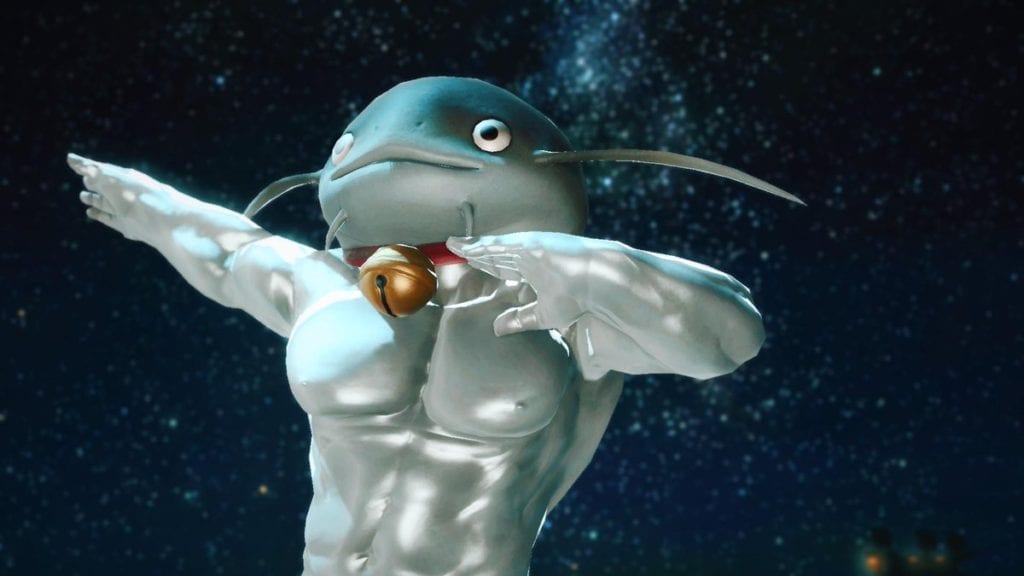
In Japanese mythology the Namazu is a catfish so giant he causes earthquakes with his tail. Originally he acted as a premonition of danger, warning people before a flood or heavy rains or other damaging event. But as time went on the Namazu became one of the Yo-kai, a creature of misfortune and disaster. Namazu is usually said to be contained by the god Kashima under a colossal capstone, but Kashima isn’t always diligent about his duties or grows tired and Namazu is said to be able to shake his tail despite Kashima. His uncontrolled tail causes earthquakes and tsunami.
Overtime Namazu became known as a punishment for human greed. His earthquakes destroyed the properties of the rich, forcing a redistribution of wealth. In more modern twist of the legend, Namazu is shown less as a force of nature and more of a symbol of cowardly civil servants who would rather hide than fulfill their responsibility to help in disaster relief.[2]
8 A God’s Baby Trapped Underground
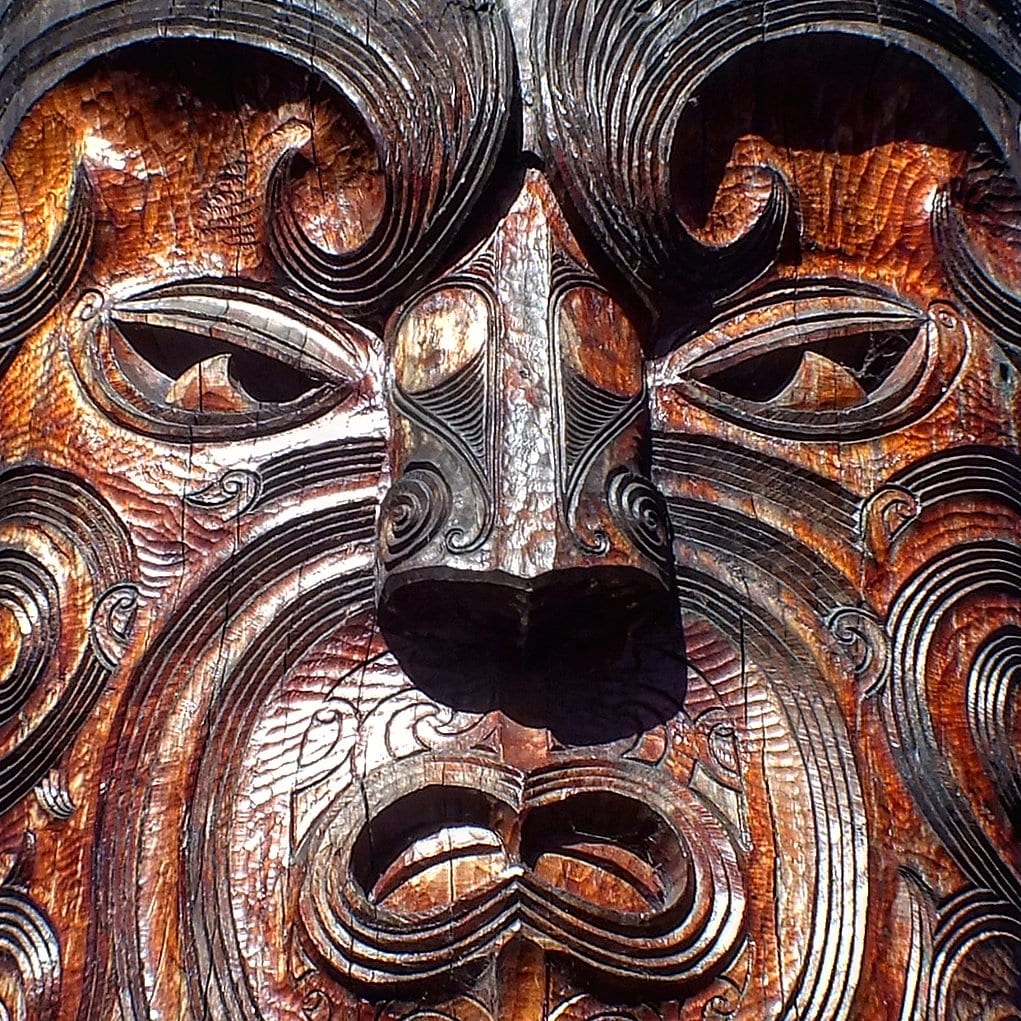
In the Maori creation myth the Sky Father Ranginui and the Earth Mother Papatuanuku were separated to create the earth and the sky and allow the light to enter the world. Still, their separation grieved them greatly and their children, on seeing this, decided to turn their mother over so she wouldn’t have to look at her partner who she could never again be with. However the youngest of her children, Ruaumoko, was still suckling on his mother’s breast when his older siblings turned their mother to face the earth and he was trapped underneath her.
Now in the dark and the cold, Ruaumoko was given fire to stay warm and became the patron deity of volcanoes and earthquakes. When he wakes, he causes terrible eruptions and must be soothed back to sleep by the lullaby of his mother. In another version of the myth Ruaumoko was never even born and its his twisting and stirring in his mother’s womb that causes earthquakes.[3]
7 Battling Aztec Gods End The World
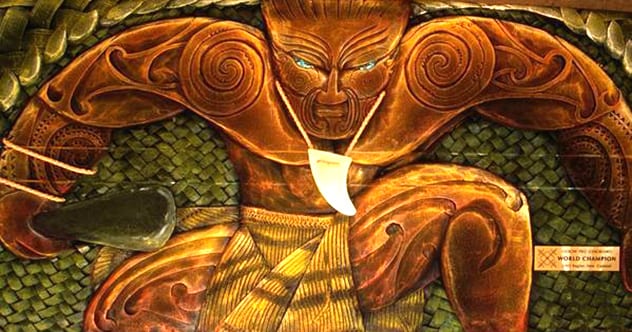
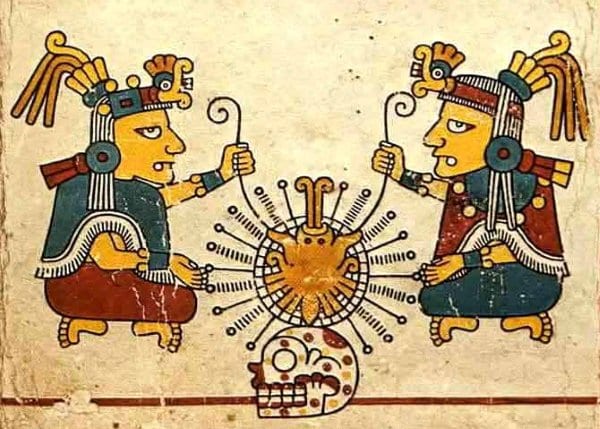
In the Aztec creation myth the duel god Ometecuhtli and Omecihuatl created itself from nothing and because it was both male and female it was able to produce children. These children represented the four cardinal directions: Huizilopochtli, Quetzalcoatl, Tezcatlipoca and Xipe Totec. These children then created the world. They realized that the world would need an energy source to sustain it, a sun, but a sun was too powerful for them to create. Instead one of them would have to become the sun. Which of them was the sun changed from era to era, but each time one of these four children became the sun, a natural disaster would strike the world and a new era would begin. This is known as the Myth of the Five Suns.
The first sun was Tezcatlipoca, but he was knocked from his place by Quetzalcoatl and in retaliation Jaguars were sent to eat the inhabitants of the world. During the second sun their bickering continued and Tezcatlipoca turned the newly created humans into monkeys, but Quetzalcoatl sent hurricanes and floods to wipe them out. The third sun was the younger god Tialoc and when Tezcatlipoca again caused trouble (stealing Tialoc’s wife) Tialoc caused humanity to turn into turkeys, dogs, and butterflies. Quetzalcoatl tried to eliminate these new lifeforms by raining fire and ash down on them. The forth’s sun was Tialoc’s sister, but Quetzalcoatl and Tezcatipoca were jealous of her. This time they turned the population of earth to fish and caused a great flood. The fifth and current sun, the god Nanahuatzin, is our age and it is said it will end in an earthquake.[4]
6 A Vengeful Earth Mother
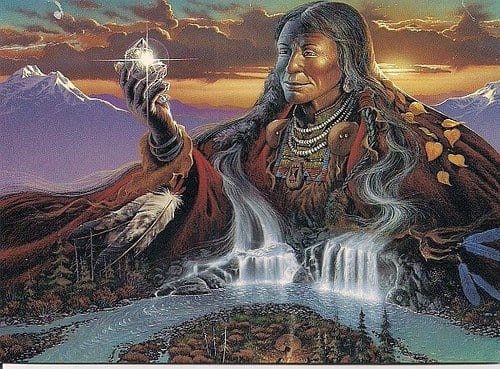
Across the countries of Colombia, Venezuela, Ecuador, Peru and Bolivia live an indigenous people who revere The Earth Mother or Pachamama. In ancient Incan mythology she is a fertility god, a personification of nature, that helps to nourish and protect animals and plants. In the past, offerings to her included animal and even human sacrifices, but present day offerings are usually limited to dried Llama fetuses, rice, or peanuts buried.
Though known as a fairly gentle and easygoing personage, Pachamama is also said to be responsible for earthquakes, landslides, and lightning which she employs in her anger. These are directed at those who fail to care for the earth or its creatures in a kind way. This vengeful side of hers is reinforced by her frequent depiction as a dragon or a serpent.[5]
5 Freedom Fighter Trapped Between Mountains
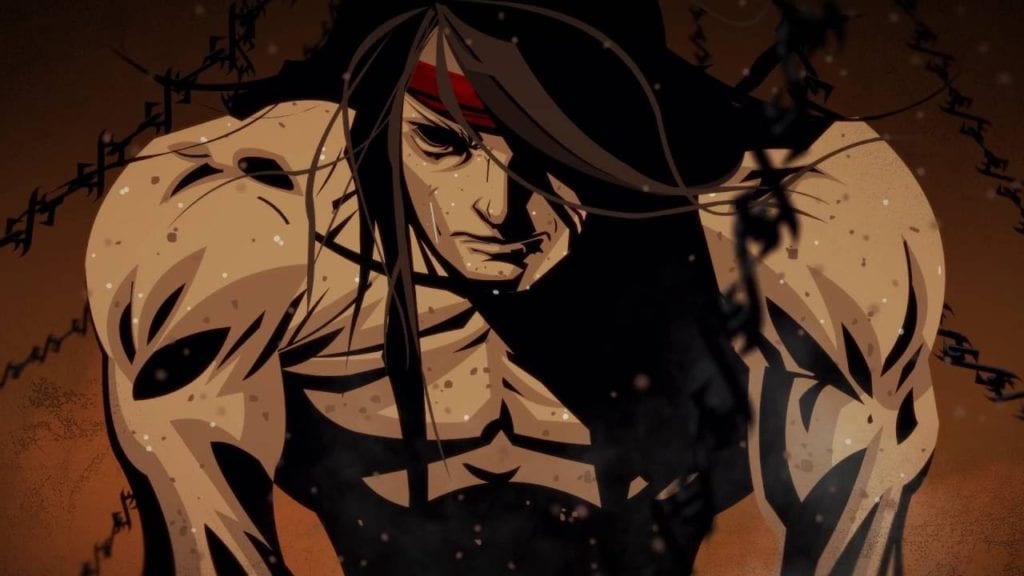
Bernardo Carpio is a mythological figure from the Philippines that is sometimes represented as a giant, but other times is a normal human with abnormal strength. In the tale Bernardo is a kindhearted and courageous person who joins the resistance movement. Which resistance and when depends on the time period the tale is being told, which is mostly remembered through oral tradition, but the common version has him joining against the Spanish. His joining the resistance is a huge boon to their cause, because Bernardo posses superhuman strength. As a child he pulled nails from the floorboard with his bare hands and felled trees with his father while hunting.
Eventually a local shaman used his powers to trap Bernardo between Mt. Pamitinan and Mt. Binacayan. The shaman’s powers and the weight of the earth were too much even for Bernardo’s immense strength, but he refuses to give up. Still trapped to this day, Bernardo keeps trying to free himself and every time he does it causes an Earthquake in the region.[6]
4 Kagutsuchi’s Corpse Made Volcanoes

A Shinto god or Kami, Kagutsuchi was born from the creator gods Izanami and Izanagi.However as a fire kami, Kagutsuchi’s birth killed his mother in overwhelming flame and heat and she was sent to Yomi, the land of darkness. Izanagi was grief stricken and went to Yomi to retrieve his dead wife, but Izanami could never leave. She had already eaten food in Yomi, which trapped her there. When Izanagi lit a fire it was revealed to him that Izanami was rotting and riddled with maggots. She lashed out at her former husband and he fled Yomi. Once outside he took revenge on his child that had robbed him of his wife and sliced Kagutsuchi to pieces.
From Kagutshchi’s body and the blood dripping from his father’s sword other gods came into existence. Among them Takemikazuchi-no-kami and Futsunushi-no-kami, famous swordsmen and Kuraokami-no-kami a rain god. From his body parts also arose mountain gods, namely volcanoes. From eight pieces of his corpse rose eight volcanoes, which spew flame and heat just like Kagutsuchi did in life.[7]
3 Plagues from “The Crouching Darkness”
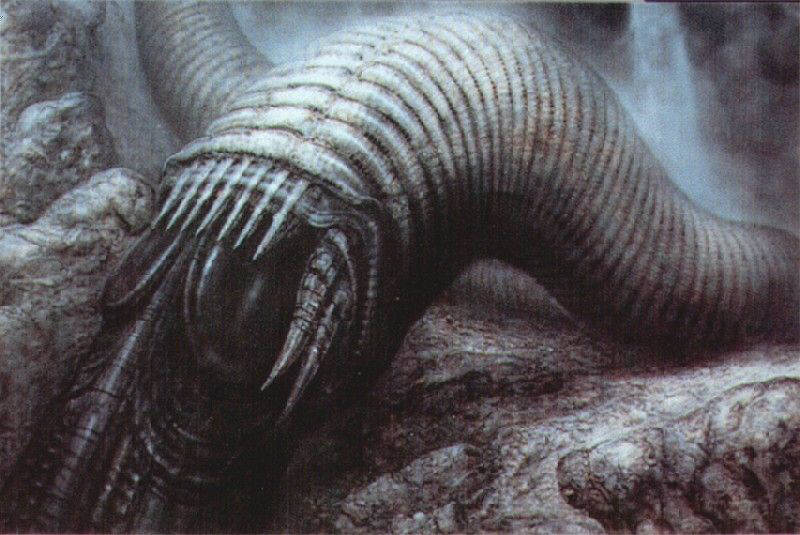
In Ireland, before the introduction of Christianity, worship of a pantheon of gods was more widespread. One powerful deity worshiped was a god named Crom Cruach which means “crouching darkness” or “bent gloom”. One description of his worship paints the picture of a terrible and feared god who required human sacrifices. The Metrical Dindshenchas, a series of ancient oral stories put onto page by medieval monks included these verses about Crom Cruach:
He was their god, the wizened Bent One with many glooms; the people who believed in him over every harbour, the eternal Kingdom shall not be theirs.
For him ingloriously they slew their wretched firstborn with much weeping and distress, to pour out their blood around the Bent One of the hill.
Milk and corn they used to ask of him speedily in return for a third of their whole progeny: great was the horror and outcry about him.
The stirred evil, they beat palms, they bruised bodies: wailing to the demon who had enslaved them they shed showers of tears, prostrate their pouring.
Though morbid in his worship rites, Crom Cruach is sometimes considered a fertility god. If his worshipers failed to please him or failed to offer the sacrifices to him he was thought of as the source of poor harvests, blights, and plagues. In one story, the worshipers of Crom Cruach brought along an idol of him and insisted on sacrifices from the Gael people, namely their firstborns who Crom Cruach’s worshipers insisted must be bashed against the idol as a sacrifice otherwise Crom Cruach would put a pestilence on their harvest and blight their livestock.[8]
2 Storms Stirred Up By The Thunderbird
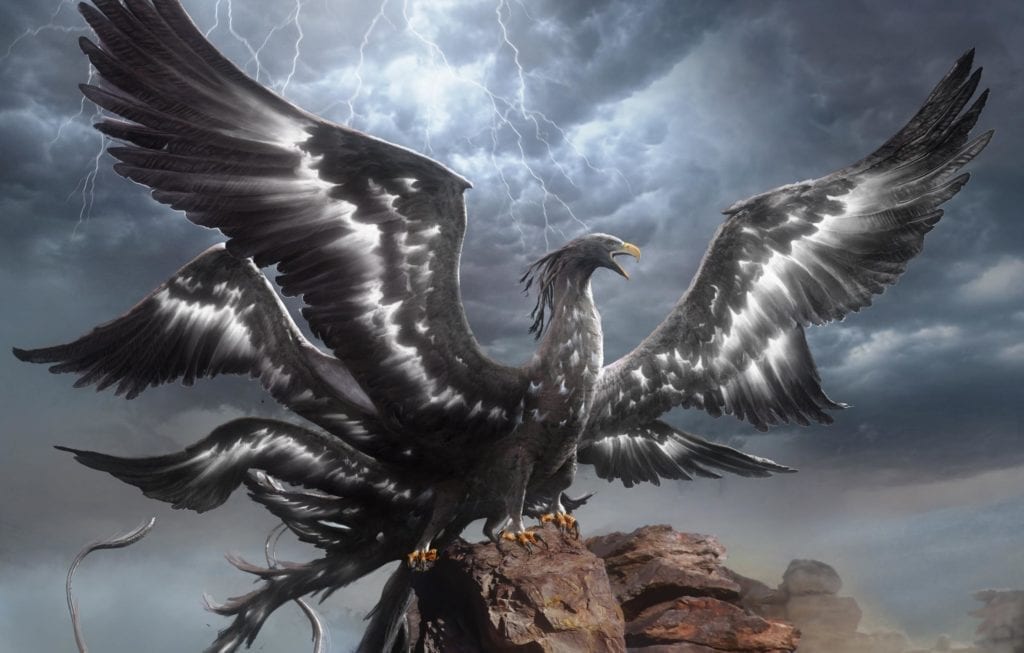
The Thunderbird is a reoccurring mythological figure in multiple Native American cultures. In general this giant bird was empowered with the ability to control the weather and its beating wings produced thunderstorms, rain, and gales, but each tribe had their own variations of the myth. Usually rather than the cause of disaster, it used natural forces like thunder and lightning to defend and aid people.
To the Winnebago people the Thunderbird wasn’t singular, but a species and many could be found soaring the skies in their legends, but this species also had the ability to shape shift into human warriors. The Passamaquoddy people likewise believed it was a shapeshifter who could control lightning, but would never use those powers against humans, only villains. The Quillayute people believed it was a benevolent helper sent by The Great Spirit to help after natural disasters. One of their stories depict the Thunderbird arriving at a time when the Quillayute were desperate for food. It arrived from out of a thunderstorm of its own creation carrying a whale. It gave the people the whale as food, before disappearing again into the rolling storm-clouds.[9]
1 Senseless Cause Of Disease and Pestilence
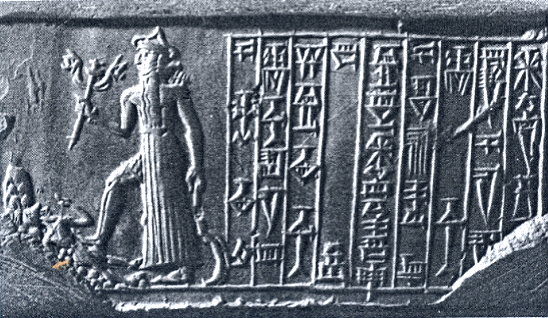
In Ancient Mesopotamia many gods were worshiped. They believed that the gods and humans were co-workers in maintaining the balance and harmony of the world, but if both men and gods valued peace than why did humans suffer? As a way to explain the senseless death and suffering that humans faced, the people of the Babylonian city of Kutha invented a god that had an uncontrolled temper. His name was Nergal or Erra. Originally those names represented two different gods, but over time they became so closely linked that they began to both refer to the same mythological figure.
Nergal is a god of calamity who senselessly lashes out, not to punish a sin or correct an injustice, but only because of his ill temper. In his wrath he was blamed for of diseases, plagues, and pestilence, but would also inflict senseless death on the battlefield as well.
In one story Nergal, for no reason in particular, decides to attack Babylon, but the city is defended by another god named Marduk. Nergal arrives, pretending to just be visiting the city casually, and expresses feigned shock over how Marduk is dressed. Marduk is embarrassed and says he just doesn’t have the time to get new clothes. Nergal offers to protect the city for him so that Marduk has the time to better outfit himself. When Marduk leaves, Nergal inflicts his wrath on the city—killing people indiscriminately in the streets.
Nergal is called before the other gods to explain his actions and in his defense he simply states the kind of god he is, “When I get angry, I break things.”[10]
For more great lists on mythology, check out 10 Weirdly Specific Gods Your Mythology Class Left Out and 10 Faces Of Death From World Mythology.

